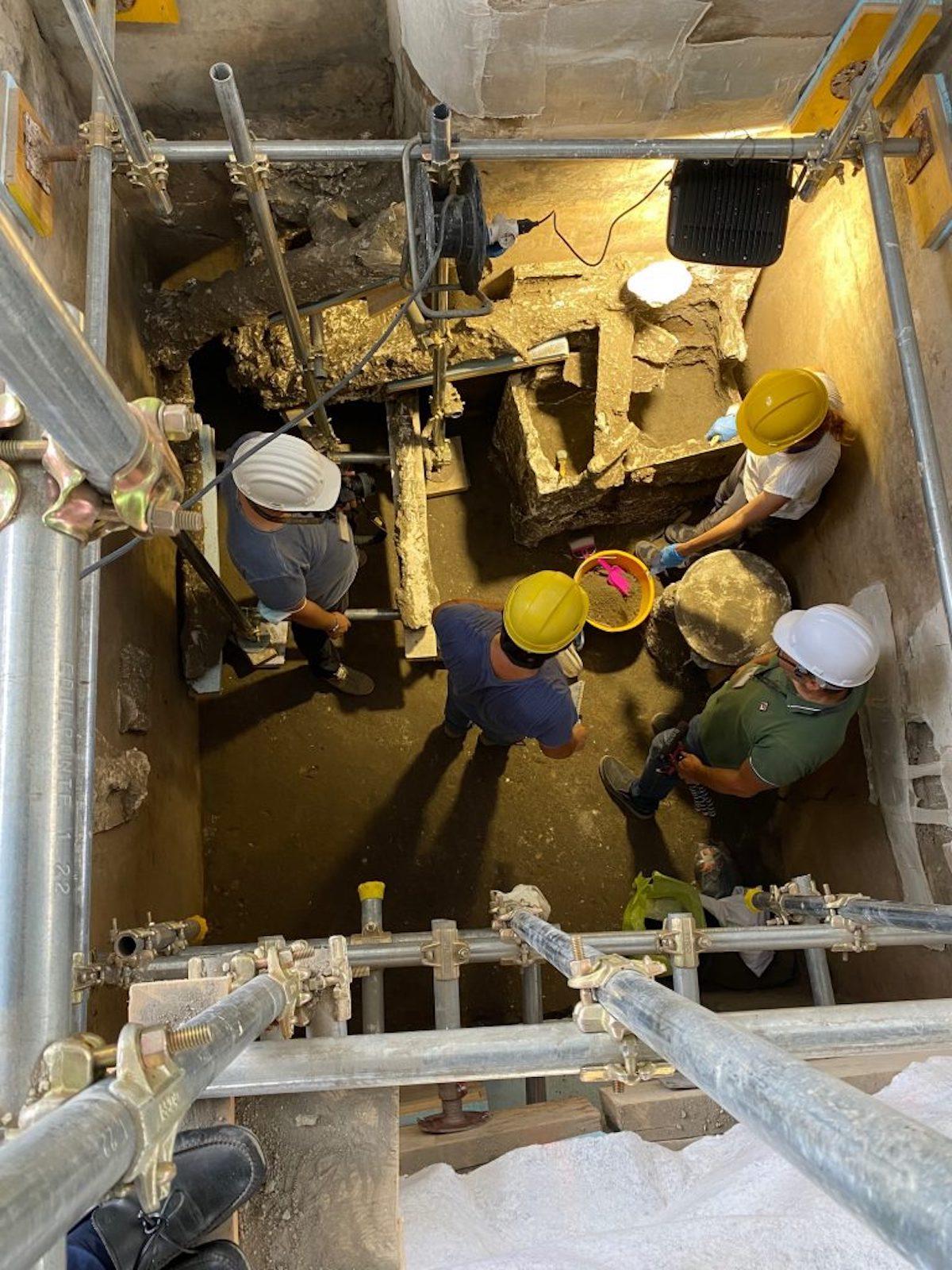Rare are the instances in which middle or lower-class urban domestic spaces are preserved, though remains of some multi-story ‘apartment buildings’ do exist in Rome and its neighboring port city, Ostia. Such circumstances have overall produced an incredibly one-sided narrative of how ancient peoples lived. One could reasonably argue that the modern equivalent would be if human society in two-thousand years was only able to study our contemporary domestic lives through the homes of people like the Kardashians or Bill Gates.
These new finds showcase the lives of Pompeiian inhabitants who were likely a part of the ambitious “middle class” of the Roman world. “In the Roman Empire there was a significant proportion of the population which fought for their social status and for whom the ‘daily bread’ was anything but taken for granted,” said Gabriel Zuchtriegel, the director of the Archaeology Park, in a press statement. “It was a social class that was vulnerable during political crises and famines, but also ambitious to climb the social ladder.”
This ties in well with the excavated home of this family’s potential position. The central courtyard of this space, uncovered in 2018, is lavishly decorated with sumptuous fresco paintings on the walls depicting idealized landscapes and hunting scenes, not unlike what one might find in some of the richer houses closer to the forum. By contrast, the rooms more recently uncovered show a modest sense of living which has led researchers at the Park to interpret the inhabitants as aspiring to the levels of wealth they put into their lararium.
“We do not know who the inhabitants of the house were,” added Zuchtriegel, “but certainly the culture of otium”—the Roman principle of leisure—“which inspired the wonderful decoration of the courtyard represented for them more a future they dreamed of than a lived reality.































